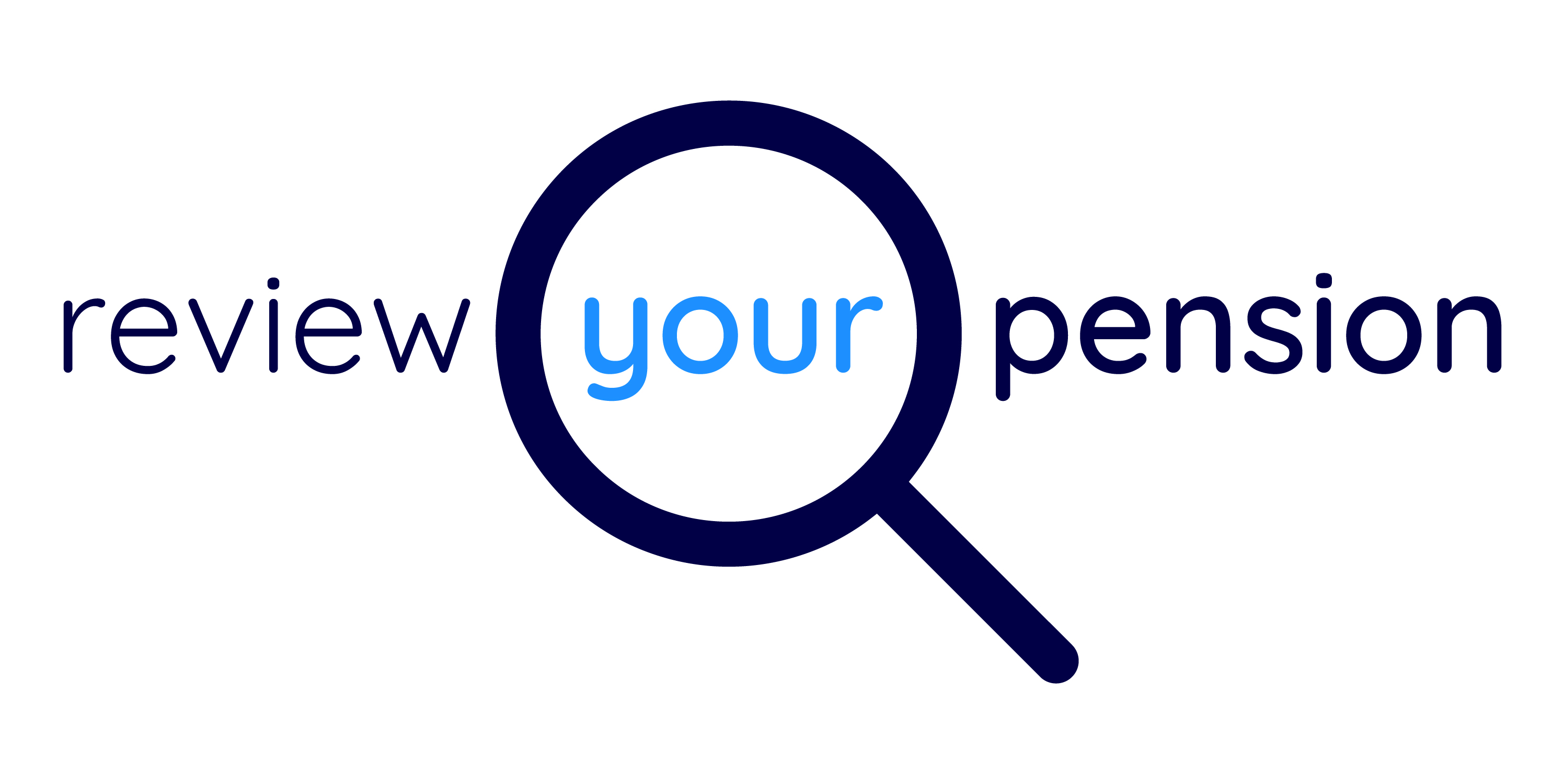As a limited company owner, you can make pension contributions directly from your company, which is often a tax-efficient option. However, whether you can contribute the full £60,000 of your company’s remaining profit into your pension depends on several factors:
1. Annual Allowance
The Annual Allowance for pension contributions in the 2024/25 tax year is £60,000.
This includes both personal and employer contributions.
Contributions above this limit may incur a tax charge unless you have unused allowances from the previous three tax years (via carry forward rules).
2. Employer Contributions
Pension contributions made by your company are considered an allowable business expense, reducing your company’s taxable profits and lowering your Corporation Tax liability.
Employer contributions are not subject to Income Tax or National Insurance for you personally, making this route tax-efficient.
3. Wholly and Exclusively Rule
Employer pension contributions must meet the “wholly and exclusively” rule.
This means the contributions must be for the genuine benefit of the business and not excessive in relation to your role or remuneration.
HMRC may question unusually large contributions relative to your salary, especially if you are a director with a low salary.
4. Personal Contributions
If you choose to contribute personally, the amount you can claim tax relief on is limited by your relevant earnings, typically your salary (not dividends). For example:
If your salary is £12,000, your personal contributions eligible for tax relief would be capped at £12,000, even if your company profits are higher.
5. Contributions Beyond the Annual Allowance
If you want to contribute more than £60,000 in total, you may be able to use the carry forward rule:
This allows you to use unused annual allowances from the previous three tax years.
You must have been a member of a pension scheme during those years, even if no contributions were made.
6. Impact on Corporation Tax
By contributing the full £60,000 as an employer contribution, your company’s taxable profits would drop to £0.
Assuming a Corporation Tax rate of 19% (or 25% for profits above £50,000 under the new system), saving significant tax.
7. Practical Considerations
Ensure the company retains enough working capital after making contributions.
Large contributions should align with your role and the company's financial stability to avoid scrutiny from HMRC.
Example Scenario:
Profit after salary and dividends: £60,000
Employer pension contribution: £60,000
Reduces taxable profit to £0
Saves Corporation Tax at 19-25% (so up to £15,000)
Annual Allowance: £60,000 (no tax charge if within this limit)
You also save paying NIC's on the contribution








